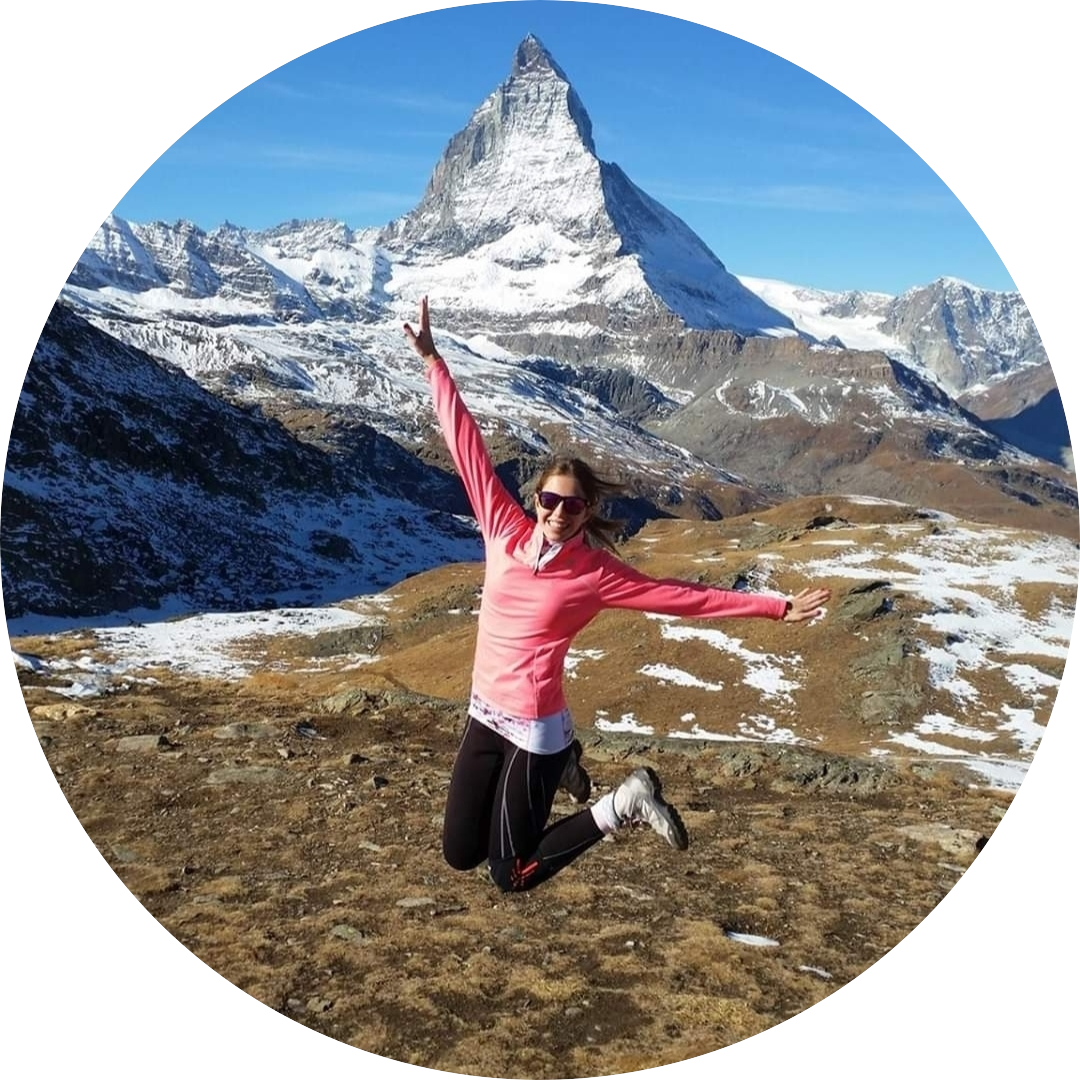When Elisa first met CERN, she was around one year old. She was born in a scientist family: her grandfather was a pharmacist and her father works as a physicist. He had the opportunity to come to CERN and Elisa’s family moved from Madrid to Ferney-Voltaire.
Now, 32 years later, she is the one working at CERN, in the Mechanical and Material Engineering group, surrounded by a small big beauty. What Elisa sees and discovers under her microscope amazed her daily. She lives in Saint-Genis-Pouilly with her husband, Luis, who is also working at CERN, and with their daughter, Eli.
It has been almost 5 years since Elisa started working at CERN. 21st May 2015, the day of her PhD defense, while she was having breakfast, Luis, who at that time was just boyfriend, called her: “I have been admitted at CERN”. Elisa defended her PhD embraced by these good news, and having in mind that they were getting married in three months.
It was September 2015 when they arrived here, just after their honeymoon. It was in the middle of it, when Elisa did an interview and got a call from CERN to start as a Project Associate. After two years of PJAS, she got a Fellow in a different group, department and section. It was similar to what she did after her PhD in Solar Energies, when she decided to change completely her field and focus on the materials.
There is another special match between CERN and Elisa’s life story. In 2008, while she was studying her degree in Material Science and Engineering, she had the opportunity to come here for three months to do the final project of her degree. CERN means a lot to Elisa. It hosts a lot of her memories.
She believes that she is who she is thanks to her family, thanks to her father and her mother, who taught her a very valuable proverb: “guarda el orden y el orden te guardará”. Being orderly is one of Elisa’s virtues. She remembers how much this proverb has helped her to find the pillars of her personality.
When she dreams about herself, she imagines a life with her family, in a quiet neighbourhood, if possible, in Madrid, working at University. Also, visiting Galicia, her husband’s terriña, frequently and, making some room for Valencia, where a warmer climate awaits them.
Elisa knows where she wants to go, but she does not run. She prefers to keep the order, because as the Madrid-born poet, Gloria Fuertes, wrote: el que sabe dónde va, / va despacio, / para paladear, / el “ir llegando”.
It is nice to think that “Little Eli”, who is now the same age that Elisa had when she was living around CERN, and who is also surrounded by scientific relatives, will end up having a CERNie experience.
It is nice to think that coincidences will never have an end.




